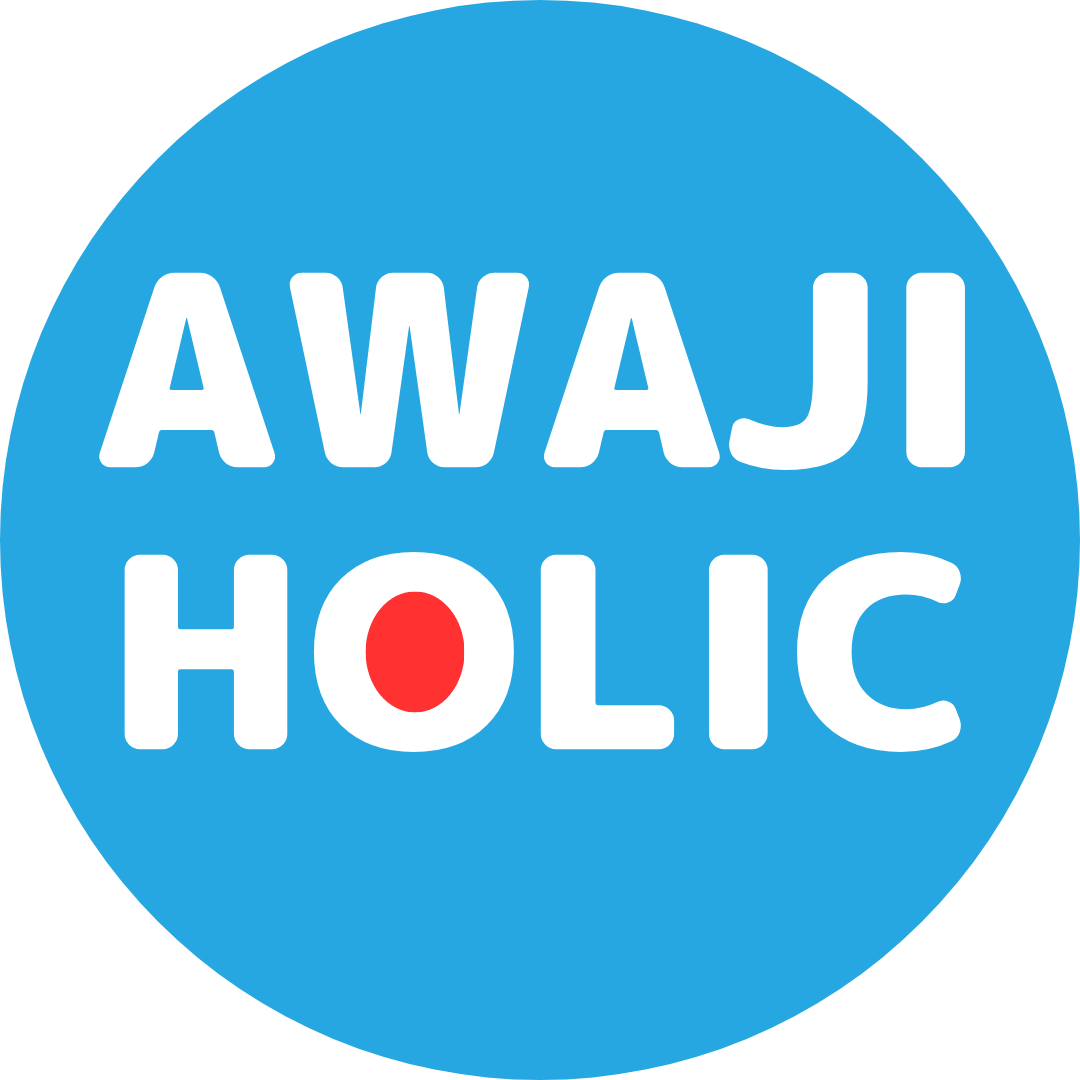Awaji City Hokudan History and Folklore Museum is a museum where visitors can learn about the history and culture of Awaji Island, focusing on the history and cultural assets of the former Hokudan Town (now Awaji City), a port town in the northwestern part of Awaji Island.
Visitors can experience the history and culture of the area, including boat and futon danjiri, iidako jars and stone tools used by ancient people, records of Shigetane Suzuki, a local scholar of national studies who was active in the late Edo period, and the "donza" sashiko worn by fishermen until the early Showa period.
In this article, we will provide some tips for sightseeing as well as the charms we felt when we actually visited Awaji City Hokudan History and Folklore Museum.
Contents
Awaji City Hokudan Museum of History and Folklore Tourist Attractions
The Awaji City Hokudan Museum of History and Folklore has the following two tourist attractions.
- Boat Danjiri and Futon Danjiri
- Sashiko Donza
Danjiri is a name unique to the Kansai region for the stalls that are pulled and paraded during festivals. The same is true of the Yamaboko floats of the Gion Festival, which are famous among tourists, and in the Kanto region they are called dashi or sansha (floats).
This page introduces in detail the appearance and history of futon danjiri and funa-danjiri, which are common on Awaji Island. The display of the gorgeous decorations of the danjiri is especially valuable for tourists who cannot visit during the festival season to see the real thing.
Sashiko is a field of handicrafts in which geometric patterns and other designs are embroidered and sewn onto fabric using thread. The donza is a coat said to have been worn mainly by fishermen on Awaji Island as warm clothing.
In fact, the sashiko donza is beginning to attract attention as an "abstract work of art" that has been exhibited at an exhibition in the United States, published in a book, and used as the theme for local events. The Awaji City Hokudan Museum of History and Folklore is also a valuable museum where 21 such valuable sashiko donzas are preserved.
Exhibits at Awaji City Hokudan Museum of History and Folklore
The following historical and cultural materials are on display at the Awaji City Hokudan History and Folklore Museum.
- Boat Danjiri and Futon Danjiri
- Iidako jar of ancient people
- Earthenware from the early Jomon Period onward, "Ikuha-do no mae site
- Record of "Suzuki Shigetane," a national scholar in the late Edo period
- Model of a live boat (dehaira boat) that carries fish alive in the boat
- Elephant fossils collected from the revision of Nojima, Awaji City
- Approximately 110 cameras and films from the Meiji to Showa periods
- Former home of "Kenzaburo Hara," the 65th Speaker of the House of Representatives
The Awaji City Hokudan History and Folklore Museum seems to believe that its role is to carefully preserve and hand down folklore materials. The exhibited materials provide a glimpse of life on Awaji Island in various periods, making it a valuable museum that deepens travelers' understanding of the island.
Overview of Awaji City Hokudan History and Folklore Museum
| Name | Awaji City Hokudan History and Folklore Museum |
| Address | 240 Asano-Minami, Awaji City, Hyogo Prefecture |
| Phone | 0799-70-4135 |
| Official WEB | https://www.city.awaji.lg.jp/soshiki/shakai/2005030092.html |
| Opening hours | 9:00-17:00 |
| Closed | Mondays (or the following day if Monday is a national holiday) and year-end and New Year holidays (December 28 - January 3) |
| Admission | Adults: 310 yen, Children: 150 yen |
| Parking | Yes |
| Parking fee | Free |
| Access | Public Transportation: Get off at Asano bus stop and walk about 3 minutes. By car: 7 min. drive from Hokaji IC. |

